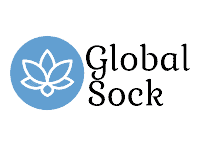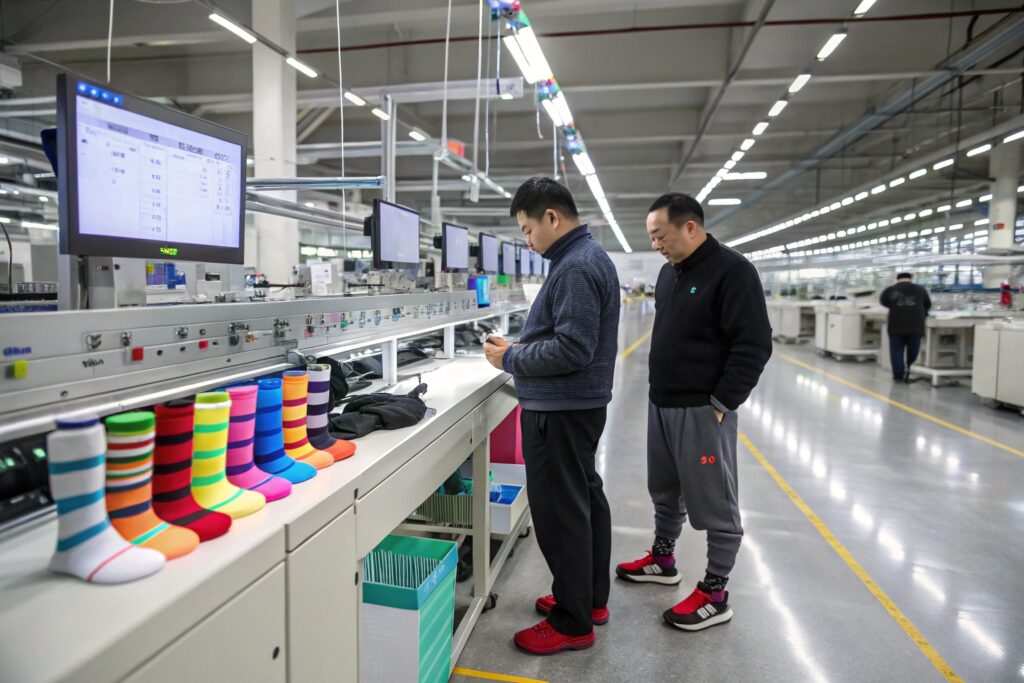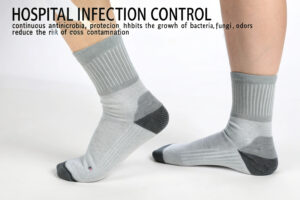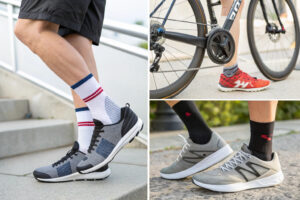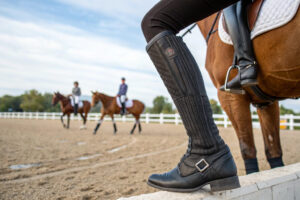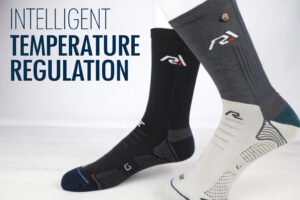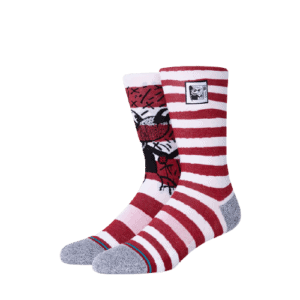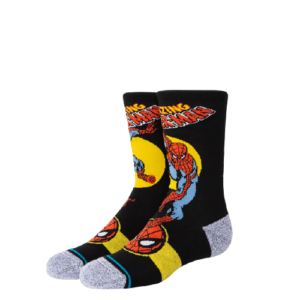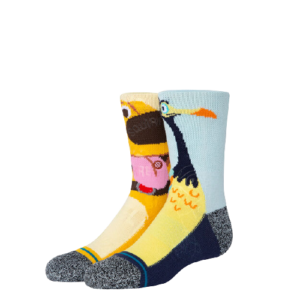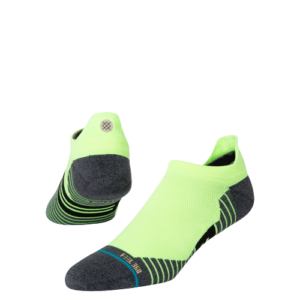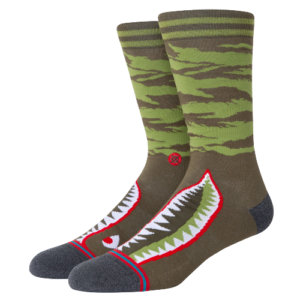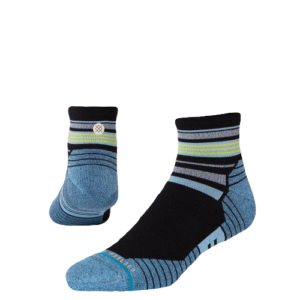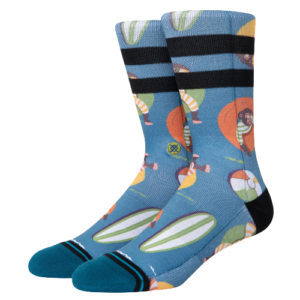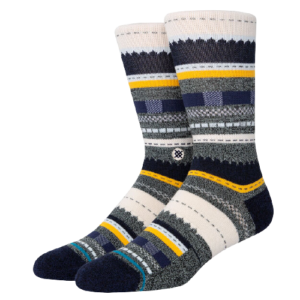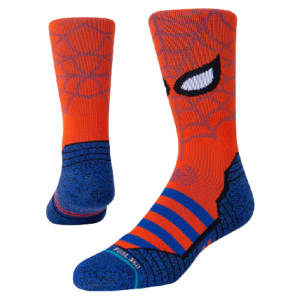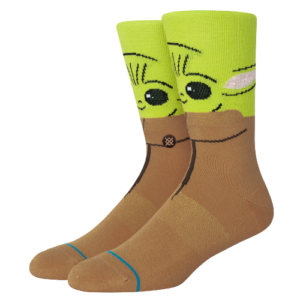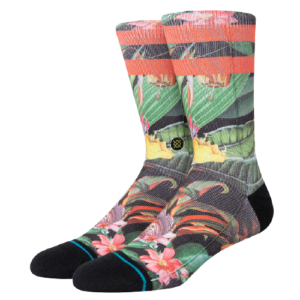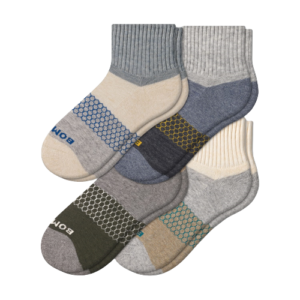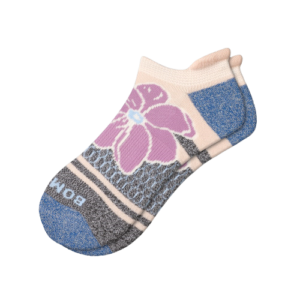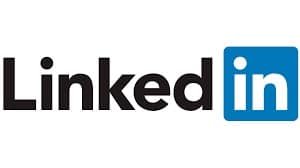Many e-commerce entrepreneurs want to offer stylish, comfortable, and high-margin private-label socks. But starting a new line can be overwhelming. From sourcing the right supplier to managing logistics, customization, and compliance, every decision counts.
To develop private-label socks successfully, startups need a strategic plan covering product design, factory collaboration, labeling regulations, and reliable shipping solutions.
We’ve helped dozens of American and European startups launch their sock brands from scratch—fast. In this article, I’ll show you what really works if you're trying to build a sock brand from zero without wasting time or money.
What Are the Steps to Launch a Private-Label Sock Brand?
Creating your own sock brand starts with structured planning. Whether you’re an Amazon seller or launching a Shopify store, developing a private-label sock product line involves stages like design, prototyping, sourcing, and fulfillment.
The key steps to launch a private-label sock brand are: define your niche, create custom designs, choose the right factory, develop prototypes, confirm packaging, and arrange shipping.
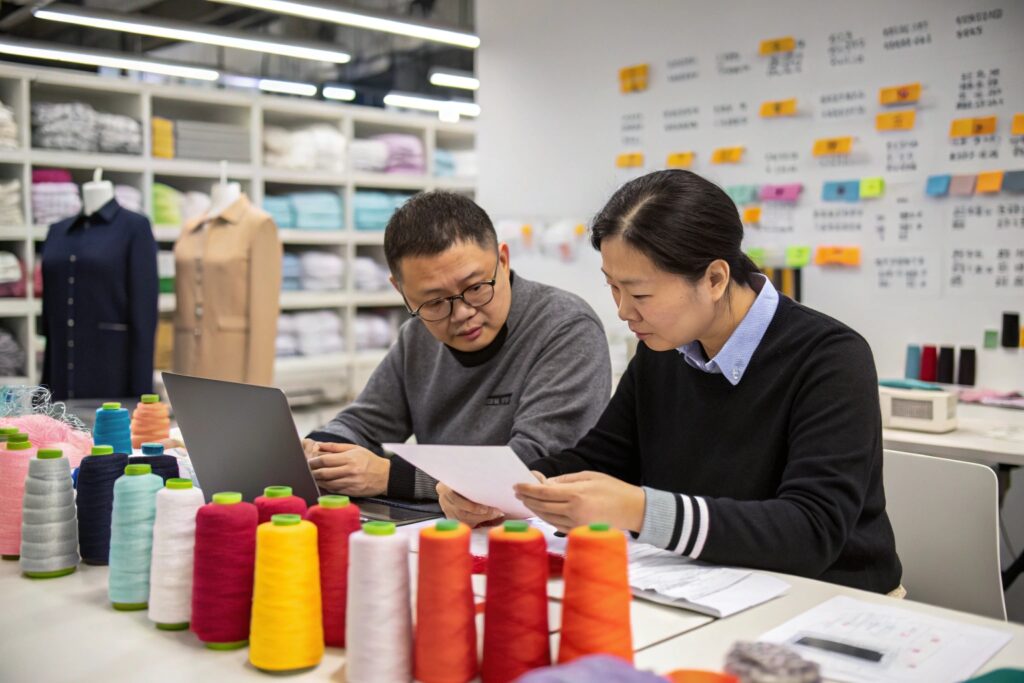
How Do You Choose the Right Sock Niche for Your Brand?
Picking the wrong product niche can kill your brand before it starts. The sock market is crowded, but there’s space if you find the right fit—literally. For instance, compression socks for nurses or travelers, organic cotton baby socks for eco-conscious parents, or fashion-forward quarter socks for Gen Z shoppers are all trending categories.
Research your audience. Use tools like Google Trends, Amazon reviews, or keyword planners. Look for high-demand, low-competition sub-niches. Test your idea with a small batch, then iterate.
What Is the Typical Timeline from Design to Launch?
Timelines can vary depending on your supplier’s efficiency. At GlobalSock, we usually take 1 week for sampling, 3–4 weeks for production, and 1–2 weeks for shipping. Some delays can occur if you're using custom yarn dyeing or specialty embroidery, but for basic sock designs, things move quickly.
To stay lean, plan for about 6–8 weeks from sketch to storefront. That includes designing, prototyping, production, inspection, and delivery to your fulfillment center.
How Can Startups Customize Socks Efficiently?
Customization is the soul of private labeling. But startups often get stuck choosing between full-blown OEM and simple relabeling. We usually recommend balancing speed, budget, and uniqueness with modular customization.
You can customize socks with color, yarn material, knitting pattern, embroidery, logos, packaging, and even sock length without high MOQs.
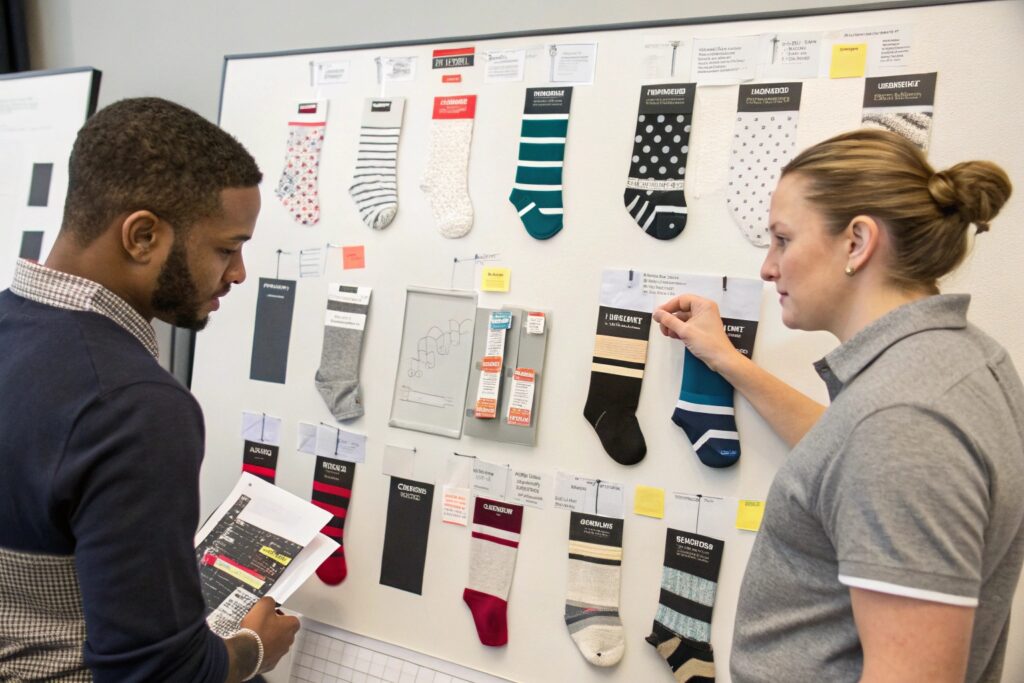
What Are the Most Popular Private-Label Sock Customization Options?
Here are the sock elements that e-commerce sellers typically customize:
| Custom Feature | Options |
|---|---|
| Yarn Material | Cotton, bamboo, wool, nylon, spandex |
| Knit Pattern | Ribbed, terry, mesh, flat knit |
| Logo Method | Embroidery, Jacquard, Heat Transfer |
| Packaging | Paper band, hang tag, custom box |
| Sizing | One-size, S/M/L, or tailored sizing |
You can view more examples of sock branding possibilities here and also explore sock packaging inspiration for ideas.
How Much Does Customization Affect the MOQ and Price?
We often get this question from new clients: “Will a custom label make my MOQ explode?” The answer is no—especially not with partners like us. GlobalSock supports custom socks with MOQs as low as 500 pairs per style. For startups, we often recommend starting with generic knit shapes and just customizing labels, tags, and packaging to stay flexible.
Materials like bamboo blends or Tencel™ can increase the per-pair price, but they also support premium positioning. You’ll need to balance cost and brand story.
What Labeling and Certification Rules Should You Follow?
Labeling and certifications are not optional in modern e-commerce. Inaccurate fiber content, missing care labels, or failing to meet import standards can cause customs issues—or worse, consumer complaints.
Startups must ensure their socks have proper fiber labeling, country of origin tags, care instructions, and relevant safety or eco-certifications for their market.
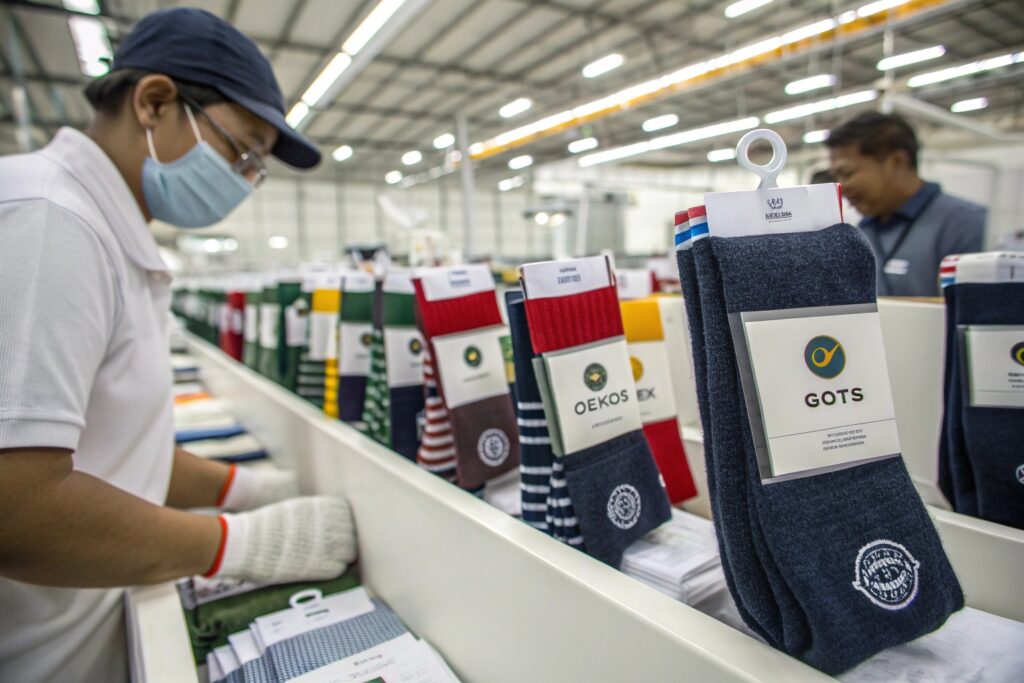
What Are the Minimum Labeling Requirements for the U.S.?
In the U.S., sock labels must comply with FTC guidelines. That includes:
- Fiber content percentages (e.g., 80% cotton / 20% spandex)
- Country of origin (e.g., Made in China)
- Manufacturer or RN identification
- Care instructions (machine wash cold, tumble dry low)
For startups selling on Amazon US, incorrect labels can cause listing suspension or account warnings.
What Certifications Matter to Eco-Conscious Buyers?
Many of our clients target eco-conscious customers. In that case, certifying your socks is essential. Here are a few to consider:
- OEKO-TEX® for no harmful chemicals
- GOTS for organic cotton
- GRS for recycled content
- REACH compliance for Europe
Check with your supplier if they can provide certifications or offer help with lab testing. At GlobalSock, we hold CNAS lab credentials and can assist with chemical tests and certified yarn sourcing.
How Do You Handle Shipping, Tariffs, and Fulfillment?
Once your socks are made and packed, the final hurdle is getting them to your customers efficiently. This includes export procedures, freight choices, warehousing, and handling customs—especially for U.S.-bound shipments.
Efficient freight planning, DDP shipping, tariff-free zones, and prep warehouses can help startups lower costs and avoid delays.
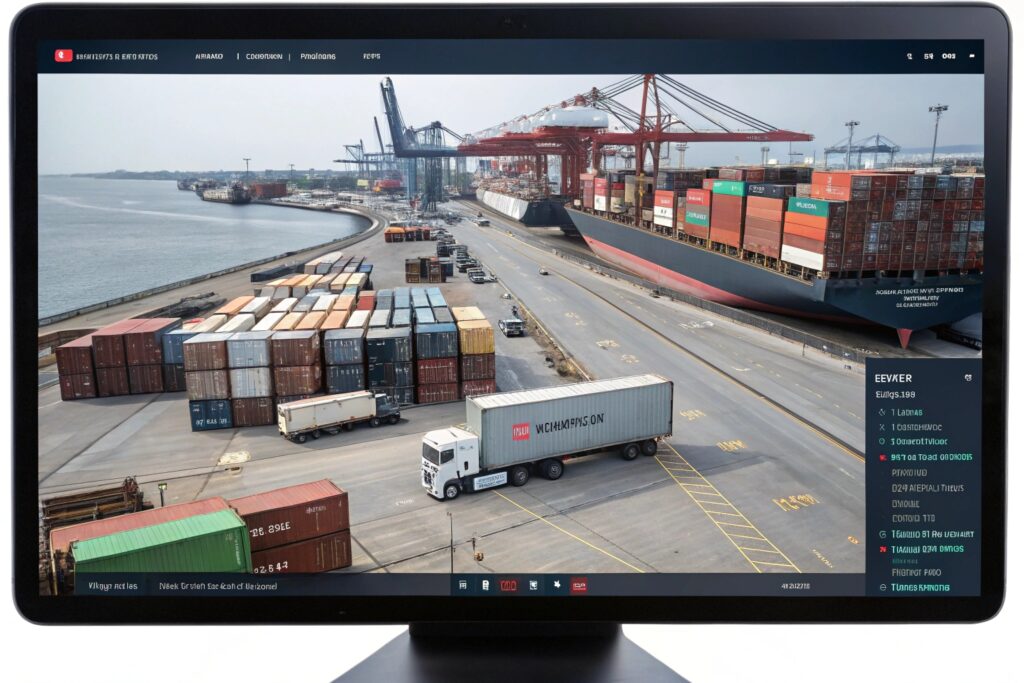
What Is the Best Shipping Method for Small Sock Orders?
For most startups, we recommend air freight or courier DDP (Delivered Duty Paid) service. It avoids customs clearance headaches and speeds up delivery to U.S. fulfillment centers or Amazon FBA warehouses.
If your order volume grows beyond 5–8 cartons, consider LCL sea freight with 3PL partners to manage consolidation and delivery.
Check out Freightos for transit time estimates and duty calculator tools to understand landed costs.
How Do You Reduce Tariff Impact on Sock Imports?
U.S. tariffs on some apparel have increased, but socks are still manageable—especially if you source from tariff-exempt regions under GSP or plan DDP with trusted forwarders.
GlobalSock uses the "Silk Road Keqiao" logistics channel, which ensures smooth customs clearance and faster port access. Our clients enjoy stable shipping quotes with zero surprises.
Explore whether your socks qualify under HTS codes for lower duty rates and ensure accurate classification to avoid extra fees.
Conclusion
Launching a private-label sock brand as an e-commerce startup doesn’t have to be overwhelming. With the right supplier, strategic planning, proper labeling, smart customization, and reliable shipping, you can turn a simple product like socks into a fast-moving, profitable brand.
Start small, stay focused on your niche, and partner with experienced factories like ours at GlobalSock. We’ll handle the complexities—so you can build your business with confidence.
